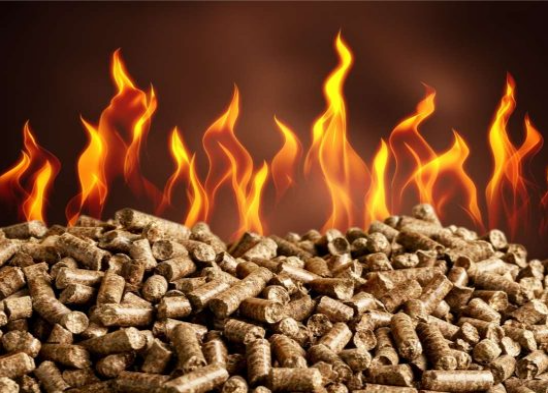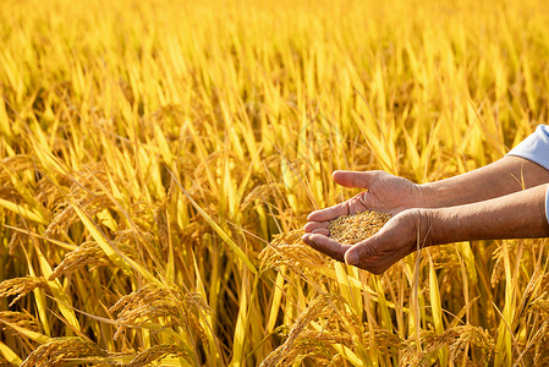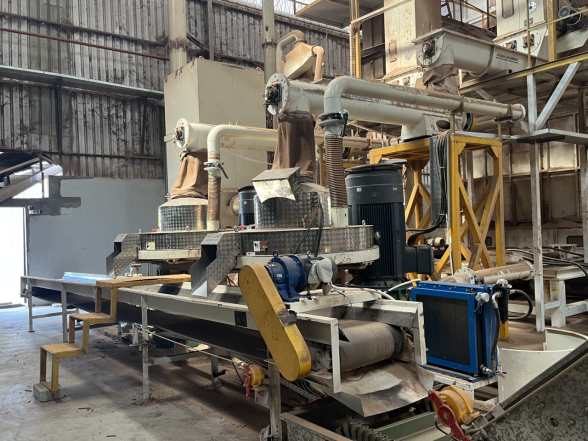
In the past, rice husk was considered as a kind of crop waste. Now, it is pressed into biomass pellet fuel by rice husk pellet machine. Compared with wood scraps, citrus stems and other materials with large pellet size and high water content, it does not need to be crushed and dried during processing. The dry segment has the characteristics of short processing route and low cost. Rice husk has become the first choice and ideal raw material for making pelletized biomass fuel.

Jiangsu one Rice Group faced a common industry challenge: mountains of rice husks left over after milling. Instead of selling this low-value byproduct at $400/ton, they invested in a biomass pellet machine, transforming husks into high-demand fuel pellets selling for $700/ton. The result? $500,000 in added annual profit and a revolutionary circular economy model that's sweeping China's rice industry.
The $200/Ton Transformation: From Waste to Gold
Rice husks make up 15% of processed paddy weight. Historically sold cheaply for animal bedding or industrial filler, husks now drive new revenue streams:
Cost-to-Profit Leap: Processing husks into pellets adds $200/ton in profit. Produces 25,000 tons annually—directly generating its half-million-dollar profit surge.
Downstream Savings: Users replace coal or natural gas with these pellets, cutting steam-generation costs by $53–$147/ton. One heating plant saved customers over $500,000/year.
On-Site Recycling: Large rice farmers like Shen Renshan use self-processed pellets to dry rice, slashing fuel costs by $720/ton. For his 2,000-acre farm, that’s $100,000 saved annually.
Eco-Impact: Cutting Carbon, Not Just Costs
The shift isn't just profitable—it's planet-positive.Pellets replace fossil fuels with dramatic emissions savings:
1 ton of pellets = 4.1 tons of steam, replacing 0.7 tons of coal or 307.5 m³ of natural gas.
Annual Climate Impact: Their 25,000-ton output cuts 47,250 tons of CO₂ (vs. coal) or 9,900 tons (vs. gas).
Zero-Waste Loop: Ash residue from burned pellets becomes organic fertilizer, closing the agricultural loop.
Scaling Nationwide: A Biomass Movement Emerges
From Jiangsu to Heilongjiang, rice mills are adopting pelleting:
Jiamusi DaChun New Energy (Heilongjiang): Produces 36,000 tons/year, earning $150/ton profit while heating local communities.
SuKen Rice Huaihai Company: Recovered its pellet line investment in one year after producing 10,000+ tons, now expanding capacity.
Zhalute Banner's E Jia Rice: Turns 4,500 tons of husks into $600,000 annual profit, replacing 4,000 tons of coal.
Government targets aim for 50% regional husk utilization within 2-3 years—propelled by ROI that speaks for itself.
Spotlight: Shandong Bolida Machinery Co., Ltd.
Specializing in feed and biomass machinery, Bolida's pellet mills feature:
Advanced Die Designs: For low-wear, high-yield processing of abrasive materials like rice husk.
Energy-Efficient Drives: Cutting power use by up to 30% versus conventional models.
Global Reach: Machines operating in 100+ countries—proven for diverse biomass streams from stalks to shells.

Shandong Bolida Machinery Co., Ltd., established in March 2017, is located in the West side of Dazhan Community in Mingshui Street, Zhangqiu District, Jinan City, Shandong Province with superior geographical location and convenient transportation.
View MoreCopyright © Shandong Bolida Machinery Co., Ltd., All Rights Reserved | Sitemap | Powered by 

